| MARKET CONDITIONS When Guy Gottfried of Rational Investment Group takes the podium in front of the world’s best value investors, you know something big is about to happen. His track record is simply impressive. Over the past few years, Mr. Gottfried has attained a cult-like following only rivaled by legends like Warren Buffett. That’s because he has an uncanny knack for finding DEEP value stocks right before they take off. The last four times he addressed attendees of the Value Investing Congress, you could have made an average of 67% by just buying his recommended stocks. |
At a conference known for super-star investors, Gottfried was chosen to be the first speaker at this year’s conference in New York City on the strength of his presentations’ track record. Simply put, when he talks, people buy shares in a way that would make Jim Cramer blush.
One of his top investment ideas from the VIC is a company called Supremex Inc. (Toronto: SXP). It’s a small cap Canadian stock that trades at $1.84 Canadian (all figures in this article will be in Canadian dollars). For U.S. investors, the stock also trades on the OTC market under the ticker symbol SUMXF.
Supremex is one of the most boring businesses in the world. The company is in the envelope business, and is the biggest player in Canada. Yes, plain vanilla envelopes used for letters, account statements, and direct mail. The envelope business is no doubt shrinking. That’s a fact that everyone knows, and it’s one of the reasons this stock is so cheap.
Why on earth would an investor want to own shares of Supremex? The bottom line is that this company is a cash machine. The company’s EBITDA – or a calculation of business earnings before various accounting adjustments – was $16 million in the first half of 2013. And that was a 39% increase from the year earlier.
Gottfried convincingly argues that the stock is dirt-cheap. Shares today trade at around $1.80 or just three-times the free cash flow of the business. The stock is so cheap primarily because the company slashed its dividend by 90% a few years ago. The share price plunged as a result – falling from $10 in 2006 to as low as $1 earlier this year. With only one investment bank analyst following this small cap Canadian stock, the company gets little attention.
Today the company pays a quarterly dividend of $0.03. Annualized, that 12-cent dividend translates into a yield of 6.6%. Today Supremex makes plenty of profits to cover its dividend. In fact, the dividend payout ratio is just 23%.
Now that alone might be enough to attract investors to this high yield stock. To unlock shareholder value, Gottfried is advocating a big increase in the company’s dividend. He thinks Supremex could easily double its dividend payment, which would translate into a 13% yield.
Immediately following Gottfried’s presentation at the Value Investing Congress, I bought shares of Supremex in my personal investment account at $1.86. After climbing to a 52-week high of $2.09 on Tuesday, shares pulled back to $1.84.
I tried buying more shares [on Thursday], but my order wasn’t executed. And I intended to buy more shares [yesterday], and continue building a small position in the stock.
To be perfectly blunt, Supremex is a very tiny company with a market cap of just $54 million. It’s so small that I would normally avoid telling you about this opportunity. Shares are extremely illiquid – it averages just 21,000 shares of volume per day. Compared with most dividend stocks I recommend, Supremex is a higher-risk, higher-reward opportunity.
But if the company does double its dividend, I expect the share price to follow suit. And that’s why I’m building a small position in this stock. If you’re looking for dividends plus growth potential, look no further…


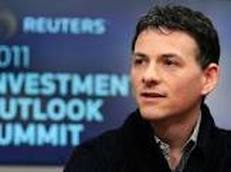
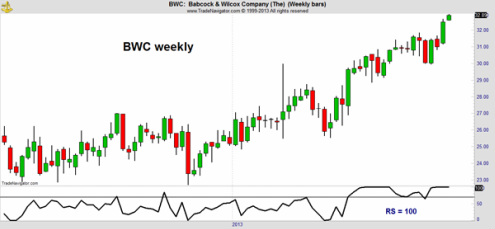
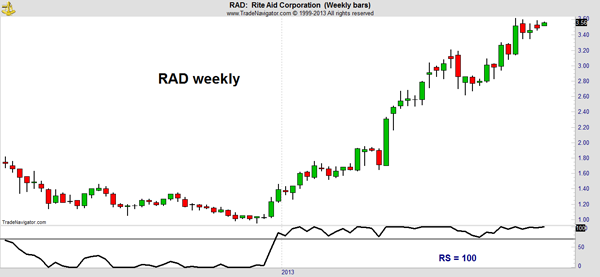
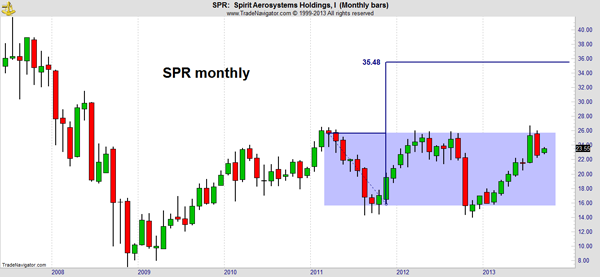
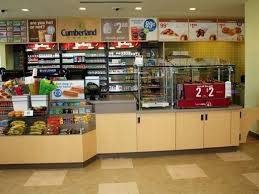
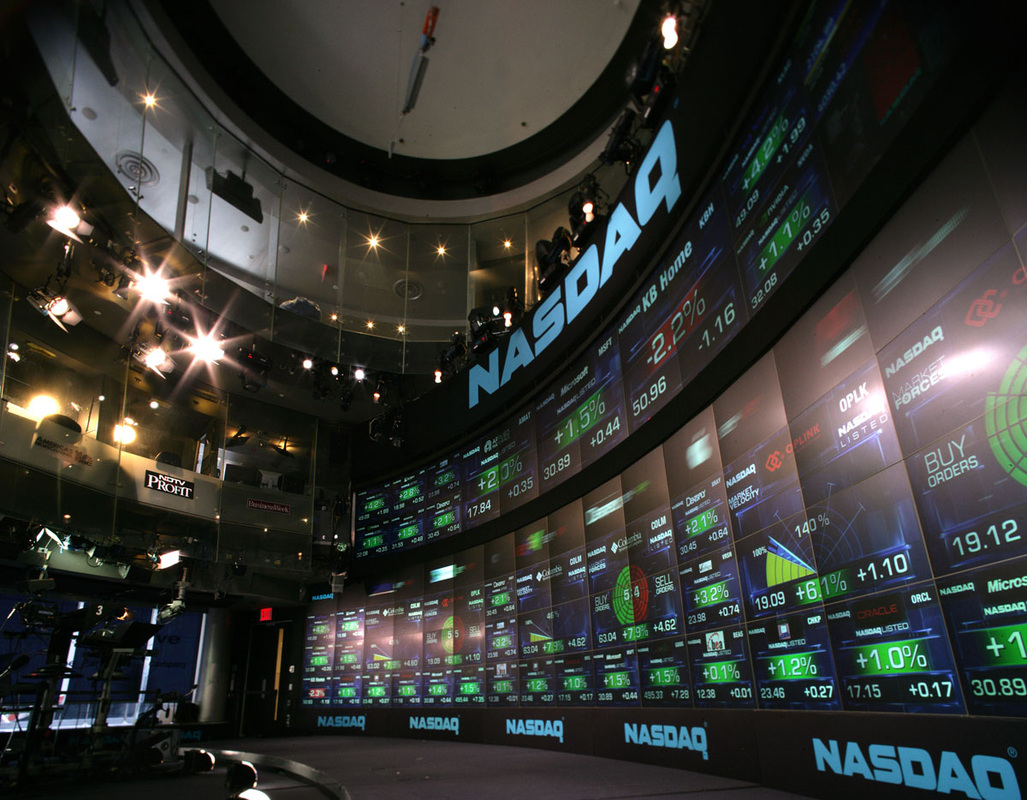
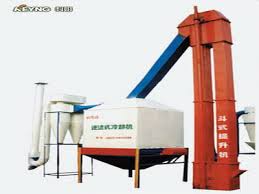
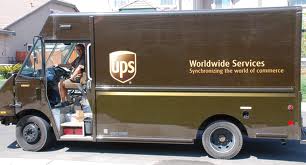
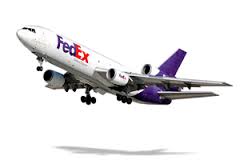
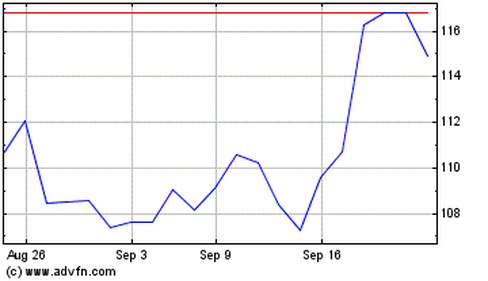
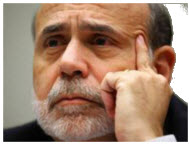
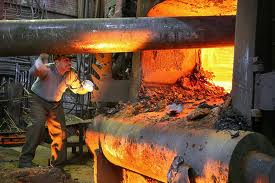
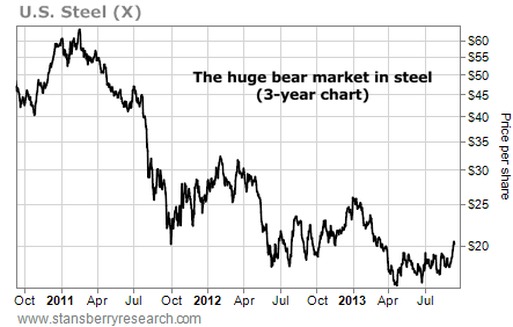
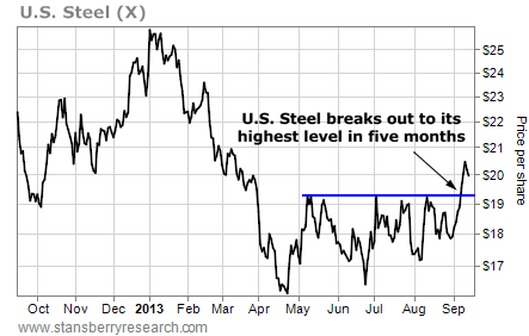
 RSS Feed
RSS Feed
